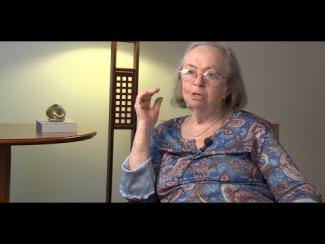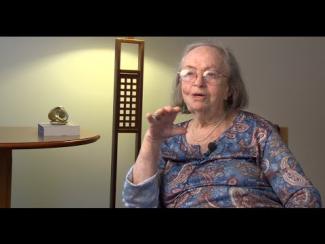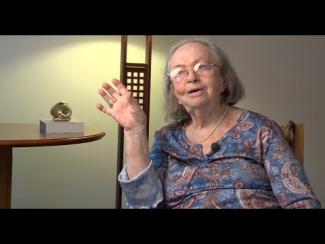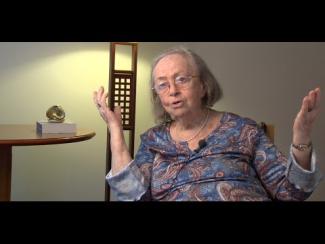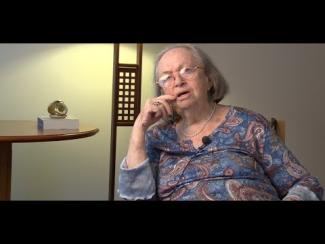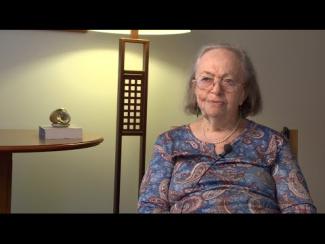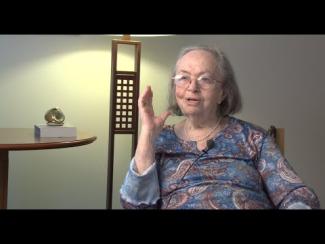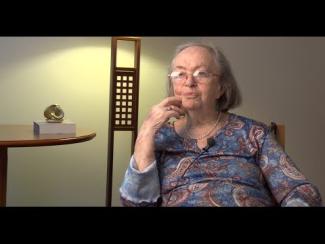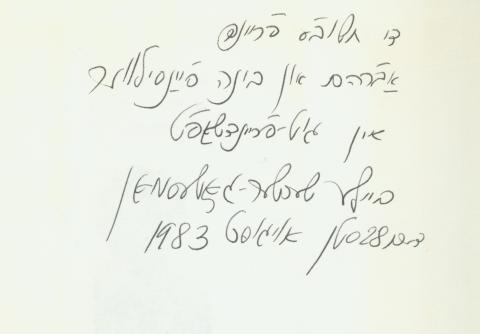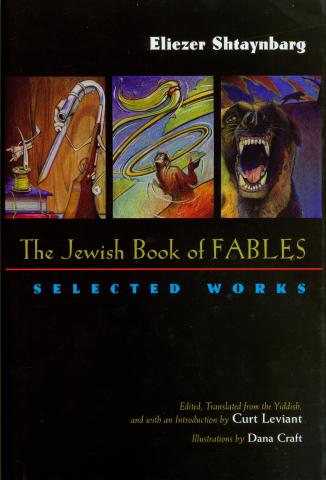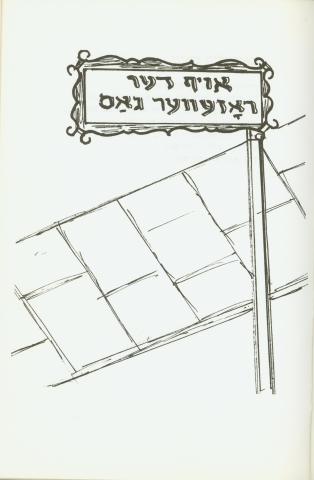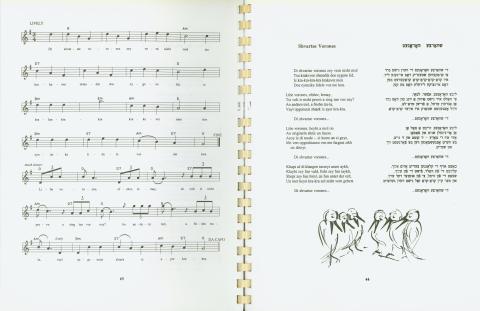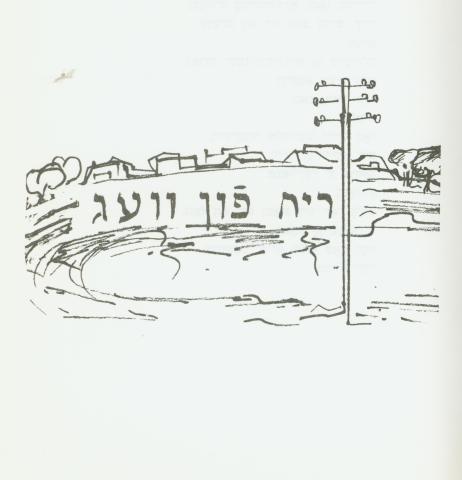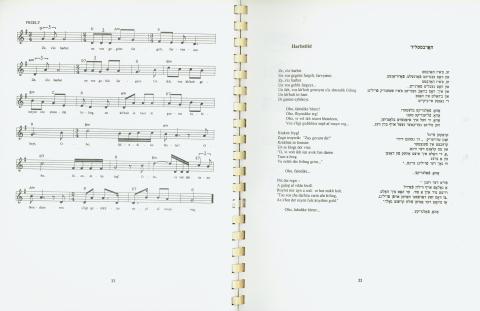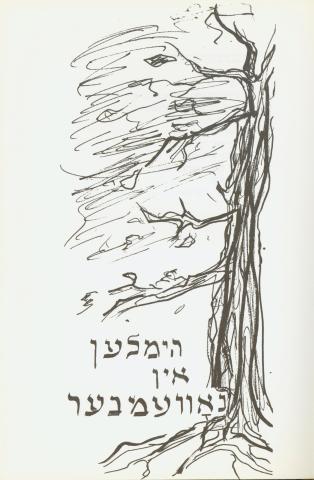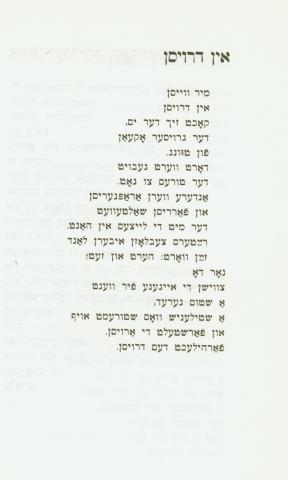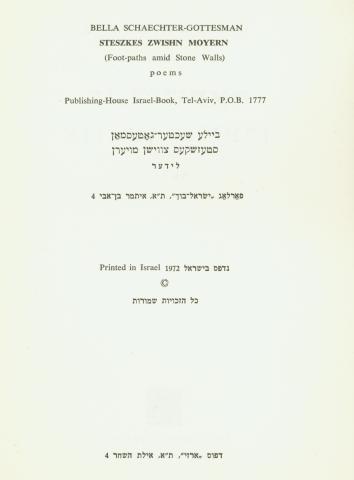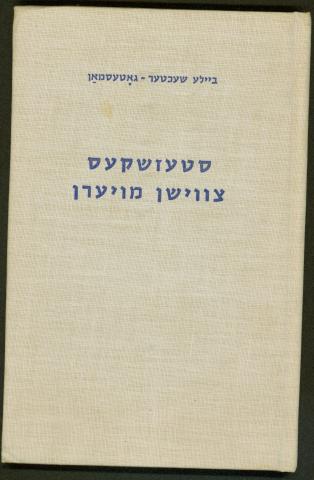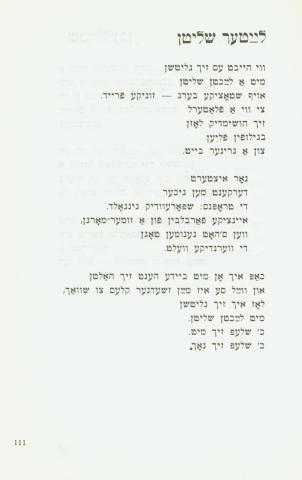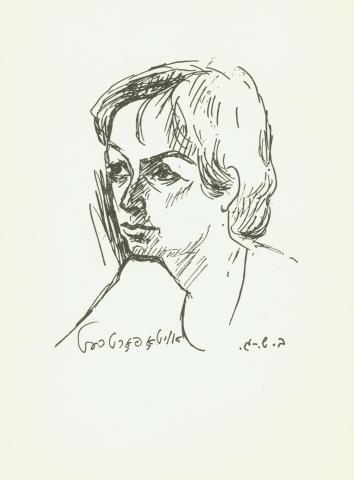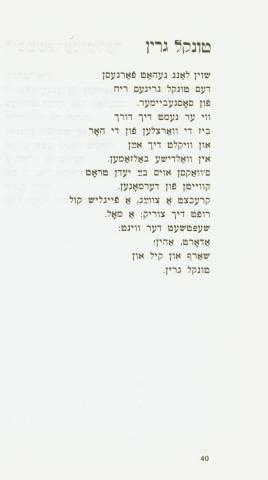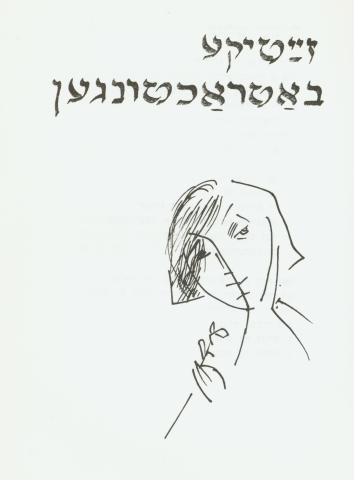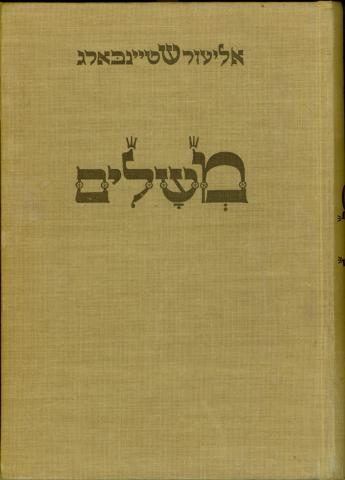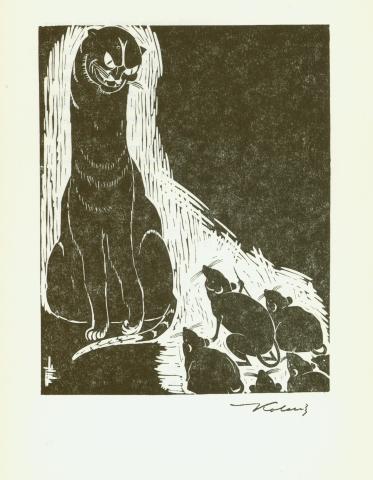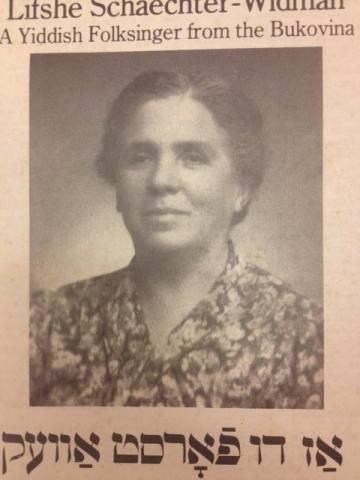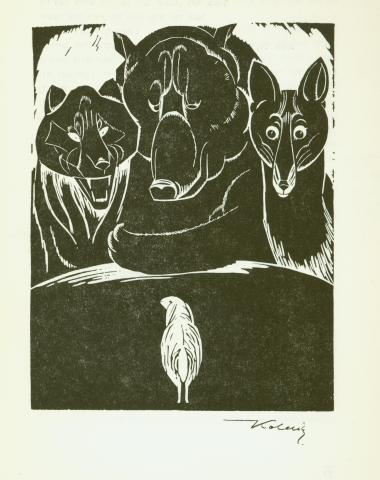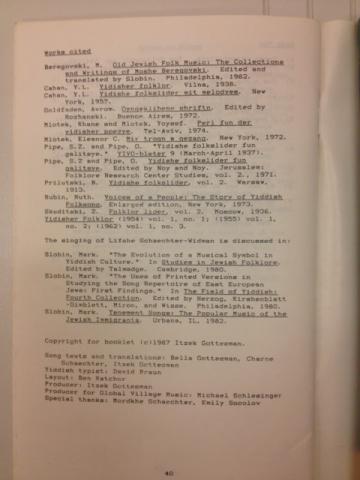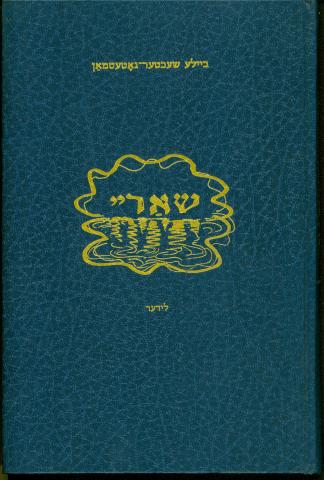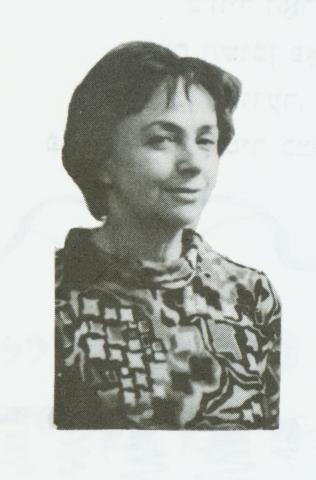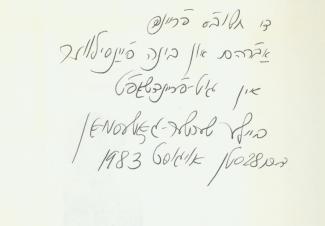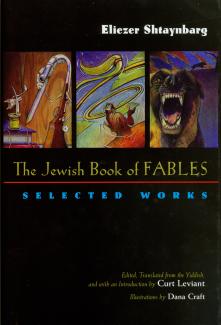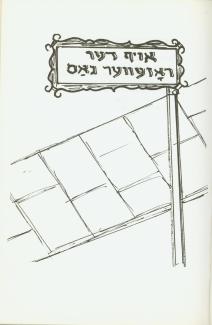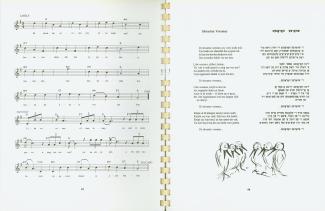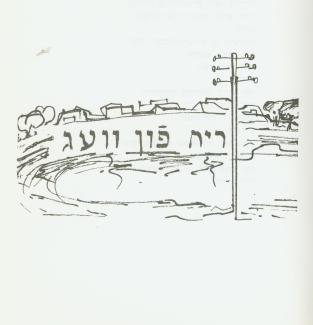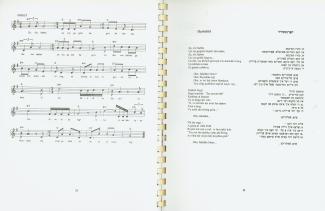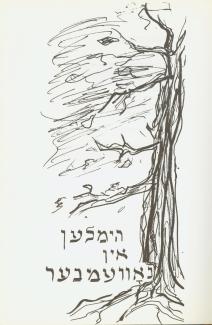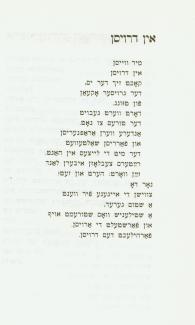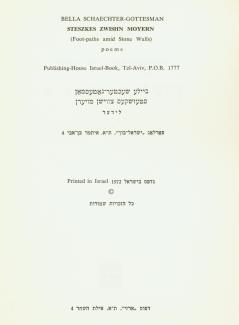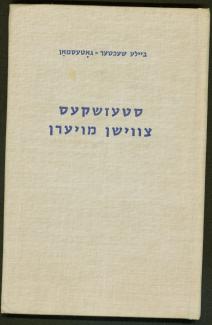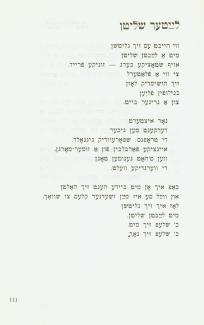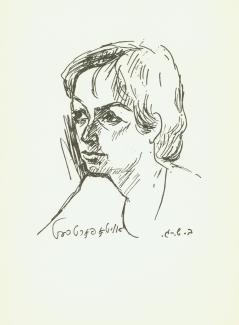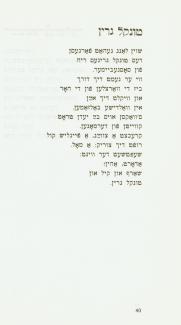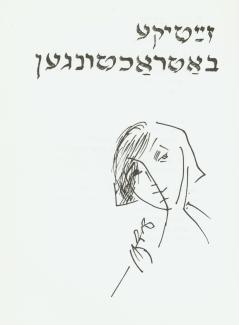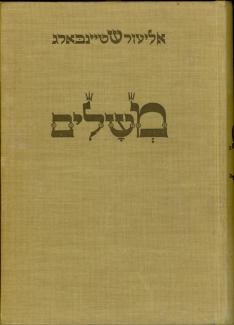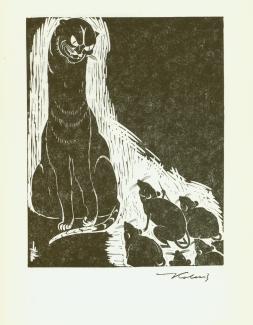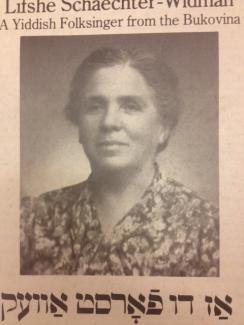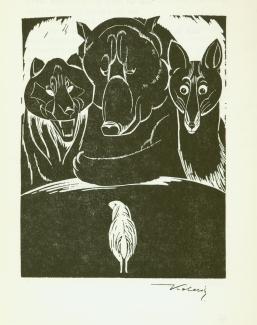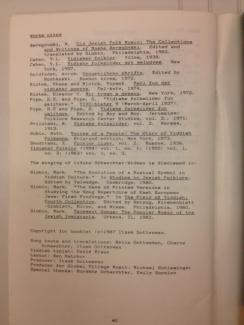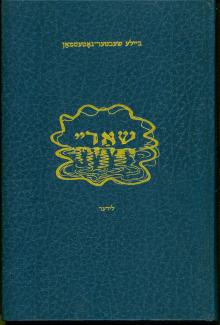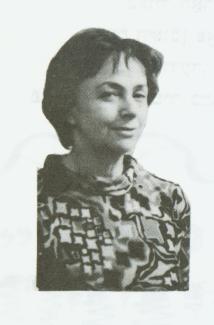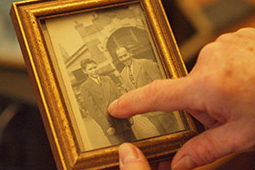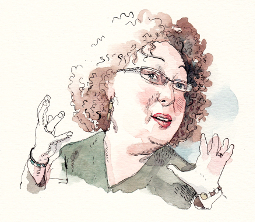The Yiddish Book Center's
Wexler Oral History Project
A growing collection of in-depth interviews with people of all ages and backgrounds, whose stories about the legacy and changing nature of Yiddish language and culture offer a rich and complex chronicle of Jewish identity.
Beyle Schaechter-Gottesman's Oral History
Esther Gottesman, granddaughter of Yiddish poet Beyle Schaechter-Gottesman and daughter of folklorist and professor Itzik Gottesman, was interviewed by Christa Whitney on January 10th, 2017 in Brooklyn, New York. The interview focuses on her grandmother Beyle, born in 1920 in Vienna, Austria. Although she never met her great-grandmother, Esther knows a fair amount about Beyle's mother Lifshe, a "beautiful songbird" who lived with Beyle and her family and was interviewed and recorded by Barbara Kirshenberg-Gimblett. They all lived in "Bainbridgivke", the shtetl-like name of a community of Yiddish-speaking Jews who consciously settled together around Bainbridge Avenue in the Bronx. Esther grew up in Austin, Texas where her father was a professor, but they spent time every summer with her grandmother in the Bronx. When they moved back to New York they lived with Beyle for a while, and then Esther lived with her again during college and helped her father care for her during her last days. She describes life in what was a sort of informal colony with a group of committed families, a shule, a nature club, and a children's journal. Esther describes the house where her bobe lived as a place that was an idea as well as a house, with her paintings and sculptures and Yiddish books everywhere. She thinks of her father and bobe drinking coffee in the overgrown backyard and of the constant visitors and long-term guests. Beyle's husband, daughter, and one son predeceased her but there were many friends and acquaintances who gravitated toward her and Yiddishkayt. Esther remembers her as a very giving person who was generous with her memories, poems, music, and art, and her knowledge of the Yiddish world. Esther loved the special bond she had with her father due to Yiddish, but she remembers feeling a little strange speaking Yiddish in Texas. When they moved to New York she enjoyed fitting in with the klezmer musicians and Yiddishists who were part of a whole intellectual, creative, and political world that interested her. She mentions some of those – Sarah Gordon, Daniel Kahn, Michael Winograd, and others – who became part of her family of choice. Esther describes Beyle and her family as deeply Jewish without being particularly observant. They celebrated many Jewish holidays, but it was mostly about the yom tov songs. Beyle had an amazing memory and a huge repertoire, mostly in Yiddish and Romanian. She was feisty and opinionated and had an affinity for people which is apparent in the many photographs of her. She was always drawing in a sketchbook or on any piece of paper she could find. Esther sings a song called "Levone, Levone" [Moon, Moon] which her grandmother wrote for her. She feels that Beyle had so much to say that she needed multiple media – drawing, painting, sculpture, songwriting, playwriting, poetry – to tell all the stories she wanted to tell. There were many motivations for her work including passing love of Yiddish onto the next generation and sharing the difficult experiences of her own family and the Jewish people so that they would not be forgotten. Esther reflects on speaking Yiddish today; if she has children, she will want them to learn the language. She is aware that her relationship with her grandmother's music has deepened since her death and feels blessed that she has so many recordings of her singing. She believes that her grandmother's engagement with the world and ability to find beauty in even very difficult memories will be her yerushe [legacy]. She ends the interview talking about what she learned from her grandmother and the ways that she hopes she is like her.
This interview was conducted in Yiddish.
Beyle Schaechter-Gottesman was born in Vienna, Austria in 1920. Beyle died in 2013.

